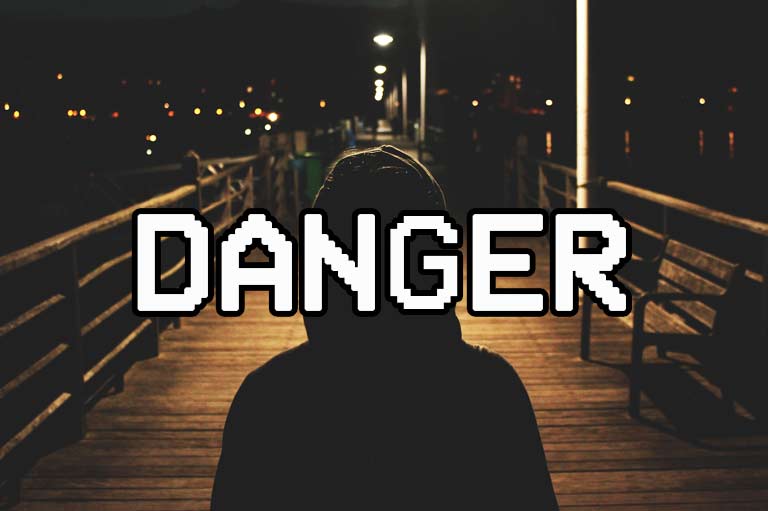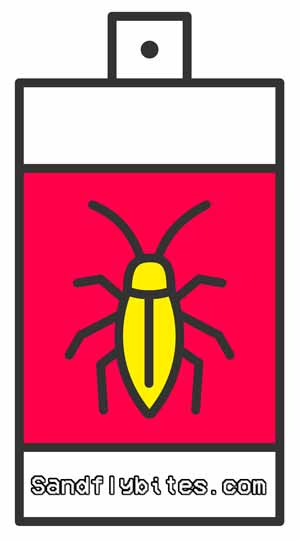
03 Okt Are sandflies dangerous? Which illnesses can be transmitted through sandflies
How dangerous are sandflies?
Sandfly bite can be dangerous
The tiny sand fly (subfamily Phlebotominae) commonly found in the Middle East, Asia, Central America and parts of Africa is an insect known for sucking its victim’s blood and transmitting some pretty nasty diseases, including Leishmaniasis and Chandipura virus. Chandipura virus is a cousin of rabies and is very deadly but it is Leishmaniasis that impacts the most people – and a disease most
What ist leishmaniasis: The most dangerous diseases carry by the Sand Fly
The disease is found in 90 tropical and subtropical countries around the world. More than 90 percent of the systemic cases occur in Bangladesh, Brazil, India, Nepal, and Sudan. Leishmaniasis is a parasitic disease caused by a protozoan that initially lives in the sand fly and is transmitted to people through sand fly bites. The organism develops and multiplies in the gut of the fly and is introduced into the bloodstream of humans after a bite. In the most dangerous form of the disease, visceral leishmaniasis, the parasites invade the internal organs, which can be fatal. The other types are cutaneous leishmaniasis, which causes sores that take months or even a year to heal, and mucocutaneous leishmaniasis, which causes ulcers and long-lasting damage around the nose and mouth of the victim. It can cause a skin infection or a more serious systemic infection. The skin infection, which consists of sores, develops weeks or months after a sand fly bite. The more serious infection, which consists of fever, enlargement of the liver and spleen, and anemia, can take months or even years to develop. More information you will find here: WTO
Risk for Travelers (Backpackers) and Prevention
Anyone who lives in or travels to places where the organism is found is at risk for contracting leishmaniasis. The highest risk is to those who are outside between dusk and dawn, which is when the sand fly is most active.
There are no vaccines or drugs that prevent the disease; the most effective preventive measures are to reduce contact with sand flies. Although sand flies mostly bite at night, they will bite during the day if they are disturbed. Travelers should wear protective clothing and use insect repellent. Bed nets and screen doors and windows should be used as well. The netting must be very fine in order to be effective, as sand flies are about one third the size of mosquitoes.
After treatment for infection, approximately 98 percent of people have immunity against reinfection with the same strain.





Erika D.
Posted at 02:02h, 08 OktoberQuestion: i was bit countless times on my legs mostly and some on my arms. The bites itched for about a week then went away. However they seem to have reappeared on my torso (which I know I wasn’t bit there due to my wearing a life vest during the entire time I was outside). Is this possible? Is their saliva in my blood stream?